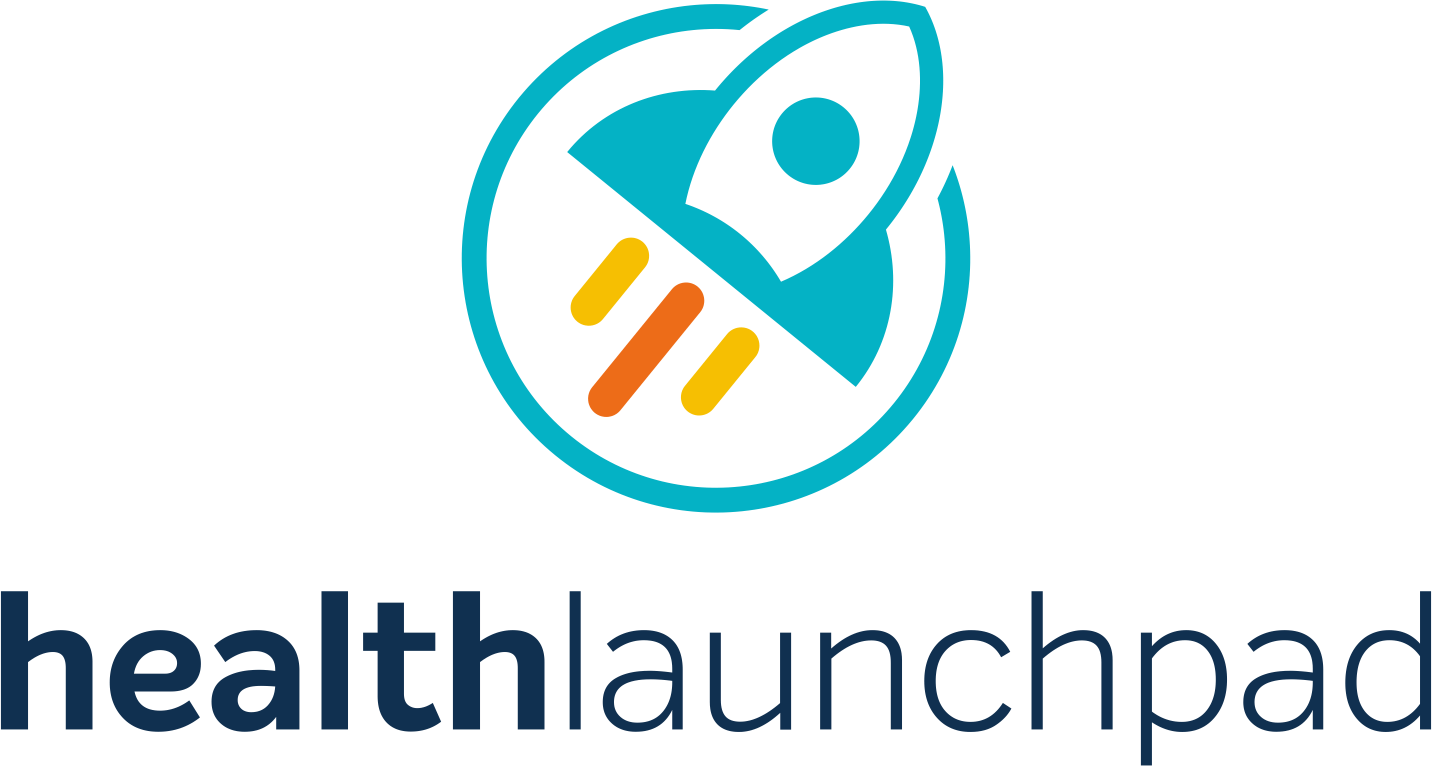Last week, we described a low-cost model for ABM, a way to get started with ABM without having to invest zillions of dollars on ABM platforms and additional capabilities. In this week’s post, we look at the other end of the spectrum, i.e., what a fully scaled ABM engine looks like.
Technology – The Heart of the Fully Scaled ABM Engine
The biggest change is the tech stack. We know of organizations using ABM at scale with 60-plus tools in their tech stack. There is some justification for this. As you grow your ABM capability, you will need to automate more and increasingly sophisticated marketing workflows. These are too complex and labor-intensive to do without automation.
Some more advanced ABM organizations split their budgets: a third on staff, a third on program dollars, and a third on tech stack. The tough thing to explain to your management is that spending several hundred thousand dollars on additional software will save you from having to spend more in the other two areas. Done well, your tech stack enables a much more efficient marketing model.
There is a perception that ABM is just about buying new toys for marketing. The challenge is convincing management that ABM is as strategically important and as operationally critical as an ERP, workforce, or payroll system.
Here are some of the components of a fully capable ABM tech stack:
Intent data (e.g., Bombora and ZoomInfo) – When you purchase an ABM platform, it will come with intent data. We believe it is also worth purchasing third-party intent data separately. This is because you will want your sales and SDR teams to have direct access to it. The best way to do this is to integrate it directly into the CRM (i.e., where SDRs do their work). Note: You will not be successful if you expect sales and SDR team members to access this in the ABM platform. They simply will not use it unless it is seamlessly part of their workflow.
The ABM platform – The various ABM platforms (Terminus, Demandbase, 6sense, RollWorks, Triblio) have many similarities. Each has its own pros and cons, but at its heart, they are ABM workflow engines. They are designed to automate the way you interact with prospects across the buyer journey in a more intelligent and efficient way. They make it simple for you to react automatically to changes in buyer behavior so that when a buyer signals intent, they can be presented with ads, content, and messages that address where they are in the buyer journey and what their specific issues are at that time. These platforms are designed to help you deliver the right message to the right buyer at the right time. They also make it easy for you to track buyers moving through your pipeline and respond smartly to accelerate through to a conversion. Currently, this cannot be done with a CRM or marketing automation system.
Enterprise-grade CRM – This is the system of record for sales. Simply put, you cannot operate at scale without one. Integrating your CRM with your ABM platform is a must-do, as it is essential in creating a seamless working relationship between sales and marketing.
Marketing automation system – Your ABM platform can automate many of the aspects of marketing, such as ad targeting. However, it does not currently do all that you need in terms of marketing automation. You will need a system like Marketo, Eloqua, Salesforce, Pardot, or possibly HubSpot to run automated email and social media at the required scale and frequency.
Personalization tools – Personalization is a key principle of ABM. Your ABM platform provides some level of personalization in what messages are delivered to whom and at what time. There are additional tools to consider for your SDRs. For example, Uberflip makes it easy for your sales and SDR team to create personalized 1:1 landing pages on the fly. There is also a tool in Terminus (the tool was formerly known as Sigstr) that embeds a targeted ad banner in your email signature. This allows you to advertise specific messages to different buyers in your email.
Media channels – Most of the ABM platforms include a demand-side ad platform that allows you to run hyper-targeted display ads across the internet. You can also use these platforms to run ads across other digital channels, such as streaming services on TV (like Hulu) or streaming apps (like Spotify). This creates an opportunity to break through the clutter of websites and reach buyers in ways that cut through the noise.
Staffing – The Engineers
The second area where you will need to invest more is staffing. Two roles will become essential to run Total Customer Growth at scale:
ABM manager – You may need to have someone on the team whose full-time job is ABM. They will be the subject-matter expert on ABM; be responsible for campaign strategy, ensuring that campaign parameters are set up appropriately in your ABM platform; and work with the rest of the team to educate and assist with ABM campaigns. They should also be on the cutting edge of tools and techniques to evaluate. Early on in your ABM evolution, these responsibilities may be part of someone’s job, but as you grow your ABM capabilities, it will become evident that you need someone in a full-time role.
Marketing operations – This person is like Scotty in Star Trek. They run the engine room of your ABM system. They oversee the ABM platform, marketing automation system, data management, and integration with other systems, like the CRM. They work in concert with sales operations. In some firms, marketing operations is part of sales operations. They are also responsible for creating dashboards and reports needed to keep ABM programs moving.
ABM increases the need for content. So, in addition to these roles, you should expect to scale up your specialist roles, such as content writers, designers, video producers, and social media experts.
Is it Worth It?
There is a good reason why ABM is considered expensive, as I think we have shown above. However, most ABM practitioners report that the ROI is very positive. In addition to measurable improvement in sales there are soft benefits too. For example, sales and marketing work more collaboratively and efficiently. It also makes it possible to forecast sales with a higher degree of confidence.
If this is a journey you are thinking about taking, give us a shout. We can help.
Originally posted on LinkedIn

